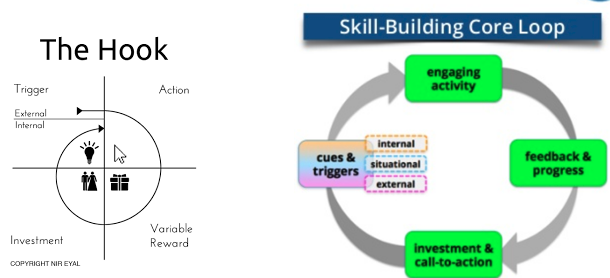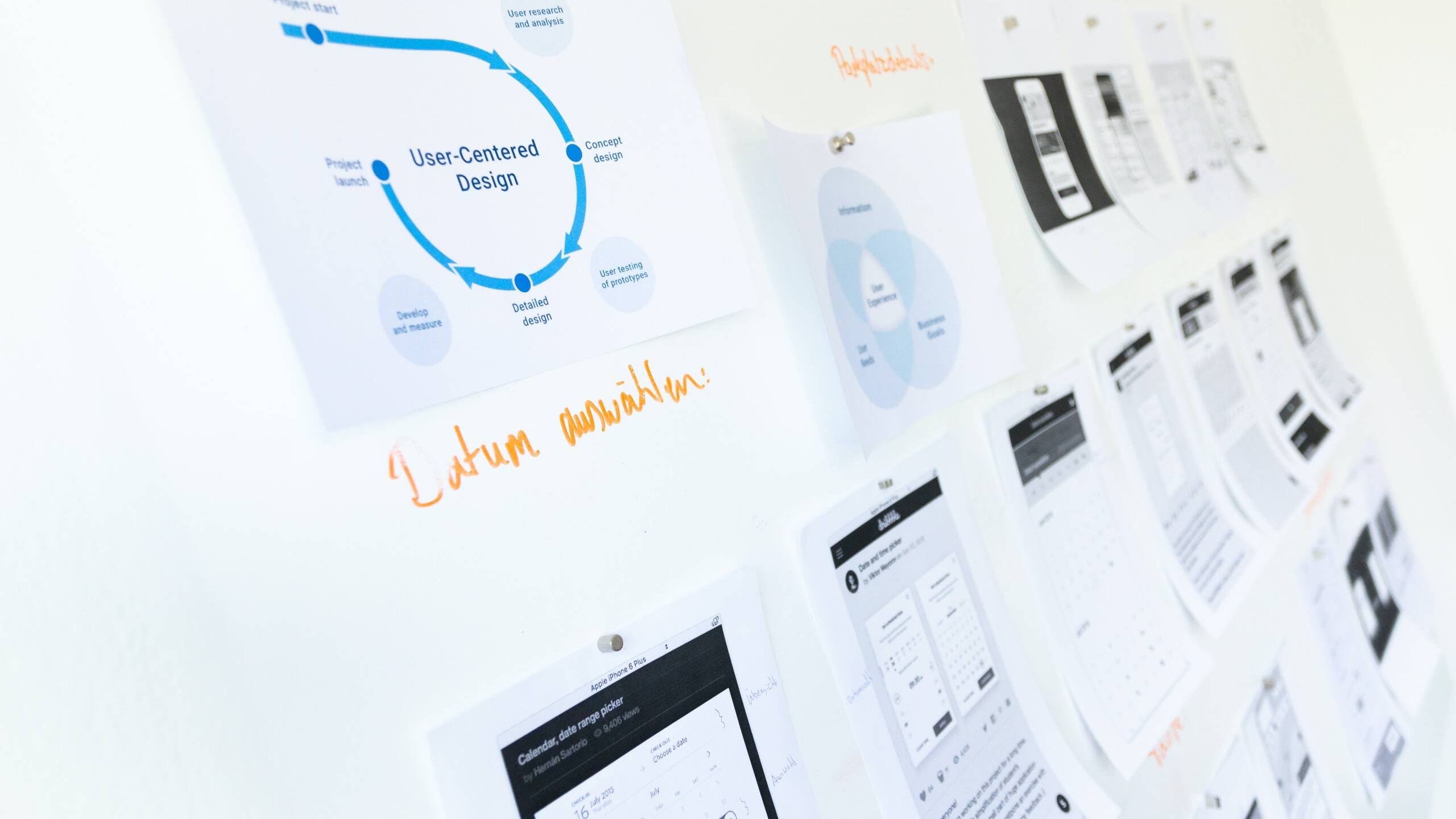Its been two decades since the Millenium and building a working software product is now a finely honed process. We use a plethora of methodologies, such as Agile, Scrum, CICD, DevOps, etc. While we now can build software to a specific requirement, we are now moving towards what kind of software should we make.
In this post, we’ll take a look at how Microservices and DevOps can aid in continuous integration and continuous deployment.
A 2016 Localytics study shows that the average retention of any app post 90 days is only 20%. Users never use 45% of the features in an app. The sheer magnitude of wasted resources is enormous.
Game designers are a few steps ahead in the art of ‘hooking’ users to their products of enterprise software builders. However, the concepts are exciting and software development can use them as well.
Nir Eyal, in his book, Hooked, shows how this works. An external trigger leads to an action by the user. This action is rewarded, which leads to more investment and engagement, and subsequently, loops form that is hard to exit.
Game designer, Amy Jo Kim, has formed the Skill Building Core Loop. This loop is similar to the Hook explained earlier. An engaging activity exposes the user to the game. This activity leads to specific progress, rewards, and feedback. Once the user finds this appealing, s/he is more invested in the game leading to internal, situational and external triggers.

The difference between the two is that the pleasure derived in being invested in a game gives users a dopamine hit. However, in the Core Loop, its the excitement of learning that causes user satisfaction.
Hypothesis Driven Development
HDD is an alternative way to build software using game design principles. Here, a user creates a usable product with a UI that is relevant and intuitive and can retain a user with minimal effort. By iteratively incorporating feedback from the user, the subsequent versions promise to be just as rewarding if not more. Consequently, this continues to hook the user.
Eventually using this software becomes a verb and a habit that enmeshes with the users’ daily tasks. Continous usage creates a skilled user with peer recognition further engaging the ‘hook.’
With the advent of AI and ML, the value delivered at each iteration will be increasingly richer since the software itself becomes smarter by using data from every usage and its outcomes.
There are a few downsides as well.
New features are available only in the next release. In this day and age of software development as well releases are not very frequent. This may discourage the user from using the software in the interim. Adding and removing features is also not easy and takes too long. You may also need extensive regression testing to ensure hardwired dependencies are not affected.
While DevOps and CICD offer the ability to release software more frequently, in practice, this is hard. Enterprise applications are often monolithic with long regression testing cycles. Here continuous delivery is possible but impractical. Development and production environments are not identical and hence, do not provide uniformity. Feature toggles are not possible, and it is difficult to roll back existing features.
Containerized Microservices
The answer may lie in microservices. While continuous delivery and deployment and infrastructure-as-a-code are excellent, containerized microservices offer a better alternative. Here each feature operates in its environment, has its frontend and backend and works independently. The development and production environments are also identical using Docker containers, and hence, any transition from one to the other does not break delivery.
Integration and regression testing are also limited to one microservice and take minutes instead of hours. Along with feature toggle, canary releases and blue-green deployment, it is now practically possible to do releases as frequently as is needed. Using telemetry and analytics tools, it is now possible to get precise user feedback on this microservice.

Also listed are the tools we use on a regular basis to aid our CI/CD processes.
Conclusion
What was once a tedious and time-consuming task, has now been simplified to an extent with Microservices. Using microservices and DevOps, one can practically achieve CI/CD. With a common toolset, devs, and ops can now define common terminology to work jointly on a common problem and improve productivity.
Using microservices also aids in bringing development changes more rapidly into production. This facilitates faster development and changes in the feature set that the business requires. Watch the full webinar here,If you enjoyed reading this post, here are a few more that you may find interesting.














